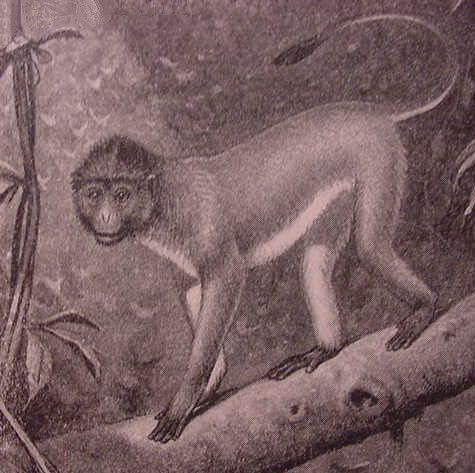Facts About Javan surili
The Javan surili, an endangered Old World monkey, inhabits the western half of Java, Indonesia. Known by several names such as the gray surili, grizzled surili, Sunda Island surili, stripe-crested langur, and Javan leaf monkey, this unique species has two subspecies: Presbytis comata comata in western Java and Presbytis comata fredericae in central Java. One remarkable feature of these primates is their sacculated stomach, which aids in digesting the cellulose from the leaves they consume. Additionally, they devote up to five hours a day to grooming.
Javan surilis primarily inhabit the western half of Java, ranging to Mount Lawu on the East Java border. They favor primary and secondary lowland rainforests and can thrive at elevations up to 2,500 meters. While their diet consists mostly of leaves, they also consume flowers, fruits, and seeds.
Unfortunately, the Javan surili is listed as endangered by the IUCN. Human activities, such as deforestation, have drastically reduced their habitat, leaving fewer than 1,000 individuals in the wild and preserving only 4% of their natural habitat. Over the past decade, their population has declined by at least 50%. The subspecies Presbytis comata fredericae is in even greater danger, residing in a densely populated area near an active volcano. Conservation efforts are critical to protecting these remarkable monkeys and their diminishing habitats.

 Timor Leste
Timor Leste